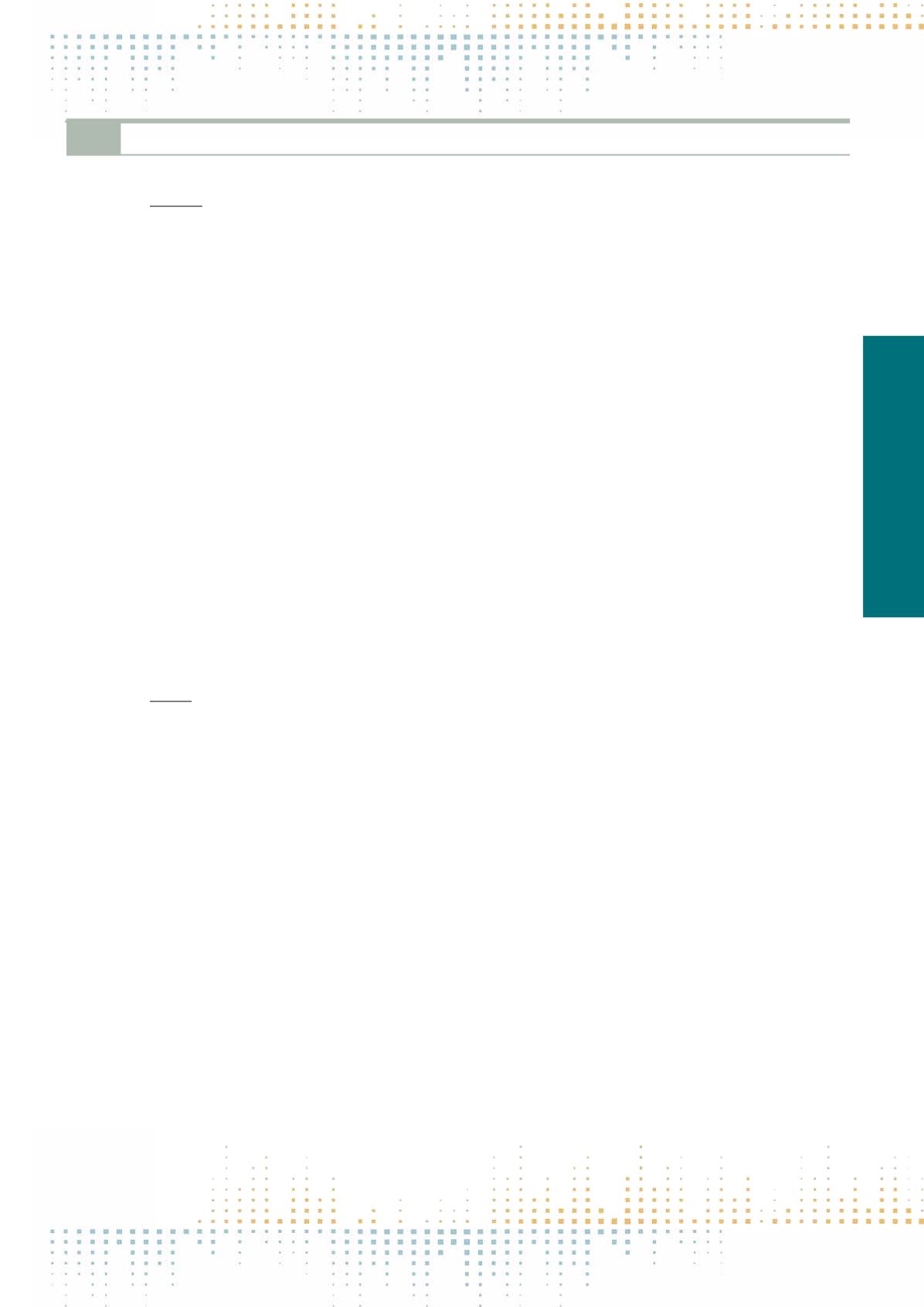

385
Friday, November 11
1 6 : 0 0 – 1 7 : 3 0
JOS16
ContemporaryWorking Conditions of Journalists
PP 365
Freelancers and Employed Journalists Compared, What They Think and How They Work
L. Hermans
1,2
1
Radboud University, Communication Science, Nijmegen, Netherlands
2
University of Applied Sciences Windesheim, Research Center Media, Zwolle, Netherlands
There is no doubt that technological, economic and social developments have changed the news process in many respects. One of the consequences is a shift
in the type of employment. Nowadays news organizations often work with a structural flexible work force. In the Netherlands, approximately one third
of the journalists work as freelancer. These freelancers work under different conditions: for example they are not directly linked to a news organization, do
not work within the structure of a news room, often combine their work with commercial activities etc. Although the cause of the shift is mainly attributed
to worsening economic conditions, it appears that parts of the journalists also consciously choose for an unbounded position that gives them freedom to
act outside institutional journalism or to determine their own working hours. In contrast with earlier research that often focuses on working conditions this
study focuses on the consequences the type of employment journalists’work under has on their professional opinions and core values. There are indications
that there is a difference between the ideological values (what journalists think is desirable for journalism) and what they experience is possible within their
daily work. Because of the position freelancers have, it is expected that this imbalance will be even larger for freelancers than for employed journalists. Tak‑
ing this aspect into consideration in the analyses, the central question is whether freelancers and employed journalist differ in their role perceptions, ethical
considerations and their trust in institutions? Data were gathered in the context of a larger international‘ Worlds of journalists study’. Dutch journalists were
invited to participate in the online survey through e-mail.The journalists were divided into two groups (1) employed journalists (N=309) and (2) freelancers
(N=199). Background characteristics were Age: (1) M=45.50, (2), M=48.2; Gender (female): (1) 39.2%, (2) 41.2%; paid work outside of journalism (1)
17.3%, (2) 52.8%; Average newsrooms freelancers work for 3.4. Central concepts are ‘role perceptions’ (26 items measuring 4 functions, Disseminator;
Watchdog, Interpreter, Mobilizer; ‘Ethical considerations’ (16 items); ‘Trust in institutions’ (7 items). A five point scale was. Mean scores were calculated to
compare the groups. The t-test is used for significance between groups (p< 0,01). Results show that both groups perceive the desired importance of roles
higher than the actual importance of these roles in their daily work (except providing entertainment and a good environment for advertisers). The groups
differ with regard to the desired importance of the distinguished functions: Ideological freelancers attach more importance to the Mobilizer function and
less to the Disseminator function. But in daily practice, freelancer have less opportunities to carry out theWatchdog, Interpreter and Mobilizer function then
their employed colleagues. With regards of the ethical considerations findings show only small differences, not having a specific pattern. Finally, despite
the fact that both groups ranked trust in social institution the same, nevertheless freelancers have less trust in all institutions. In the paper we will further
elaborate on and discuss these findings.
PP 366
Between Professionalism and Activism: Ukrainian Journalism in the Post-EuroMaidan Ukraine
D. Orlova
1
1
National University of Kyiv-Mohyla Academy, Mohyla School of Journalism, Kyiv, Ukraine
EuroMaidan protests triggered significant transformations across society and politics in Ukraine. The new challenges that emerged following Maidan af‑
fected political elites and citizens alike. Ukrainian media and journalists have also faced crucial challenges in their daily work, given exceptionally compli‑
cated and tense environment in the country. Fierce struggle on Maidan, demise of the old regime, Russia’s annexation of Crimea, war in Eastern Ukraine,
fragile legitimacy of the new government, social divisions, economic crisis and ongoing nation-building - these are some of the acute issues defining
post-Maidan situation in Ukraine. Each of these issues poses substantial challenges for journalists, let alone combination of them.Tensions on Maidan drove
many Ukrainian journalists into activism, resulting in blurred boundaries between journalism and activism (Szostek, 2014). The war in Eastern Ukraine
put additional pressure on media and induced many more journalists to engage in various forms of activism (starting from collection of donations to help
the Ukrainian Army and ending in establishing shelters for internally displaced people). On top of that, unprecedented number of Ukrainian journalists ran
for parliamentary elections last year, explaining their shift to politics by the willingness to transform and democratize the state ‘from within the system’
(Orlova, 2014). Activism of Ukrainian journalists has emerged as a distinctive feature of Ukrainian journalism culture of the post-Maidan period; howev‑
er, it has remained largely understudied, despite its potentially huge impact on the transformation processes in Ukraine. The proposed paper explores
changes in the journalism culture (Hanitzsch, 2007) of Ukrainian media professionals, with a special focus on activism. Based on the in-depth interviews
with journalists, the study examines how Ukrainian journalists understand their role in the complicated Ukrainian environment after EuroMaidan; how
they explain their decision to get engaged in activism or keep within the boundaries of their profession; and how they actually define the boundaries
of the journalistic professionalism. References: Hanitzsch, T. (2007). Deconstructing journalism culture: Toward a universal theory. Communication theory,
17(4), 367–385. Orlova, D. (2014). Journalists Stand for Election in Ukraine. European Journalism Observatory. Available at
http://en.ejo.ch/media-politics/journalists-stand-ukrainian-elections. Szostek, J. (2014). The media battles of Ukraine’s EuroMaidan. Digital Icons, 11, 1–19.



















